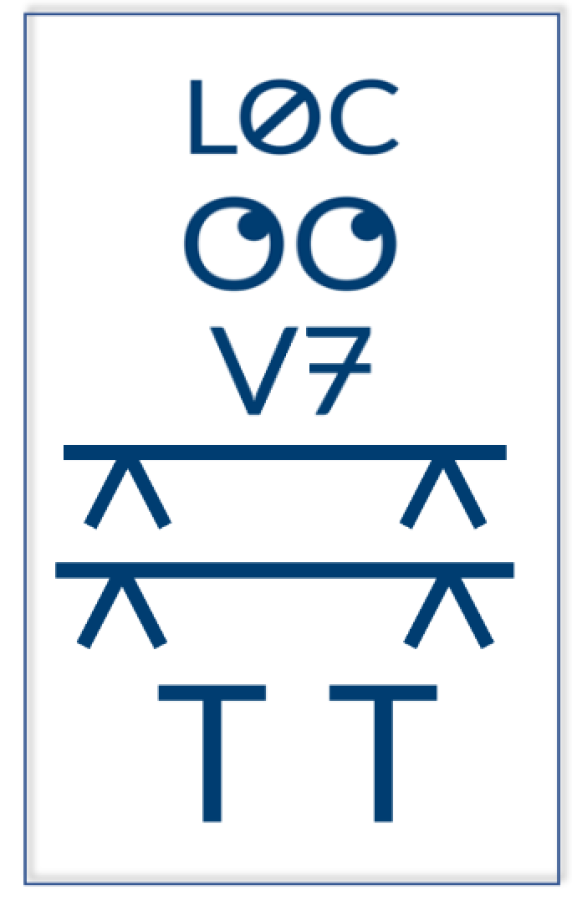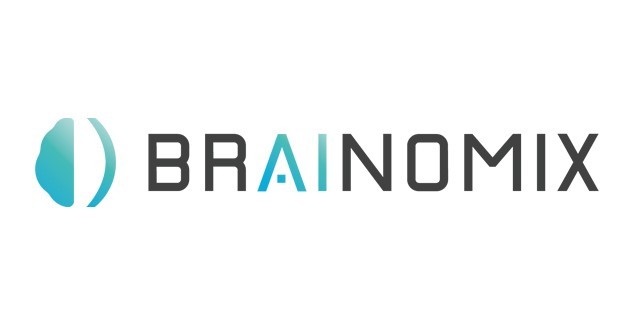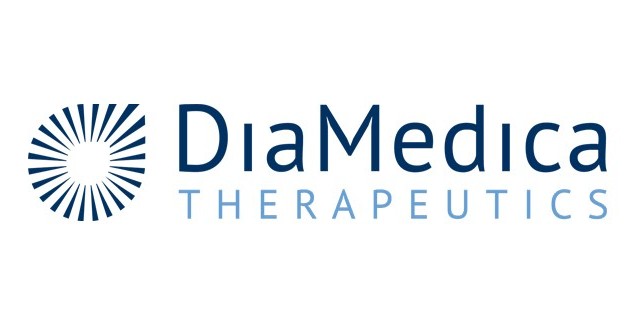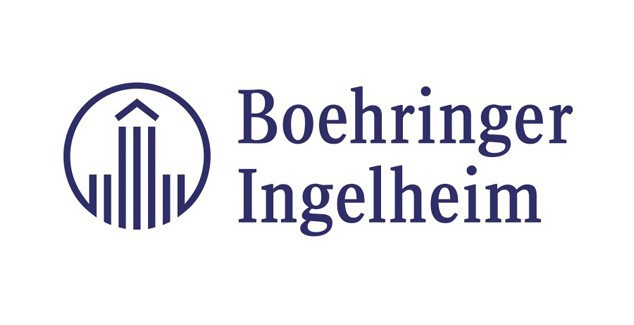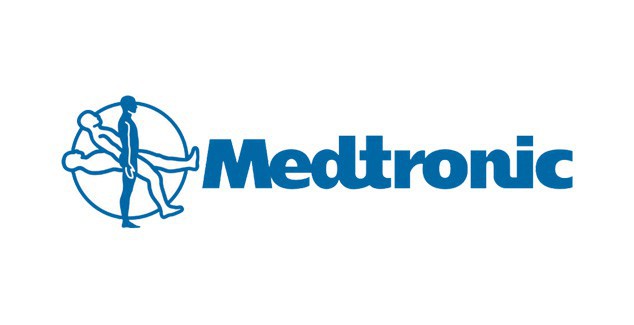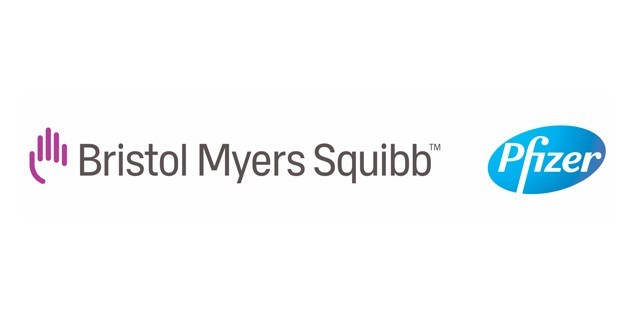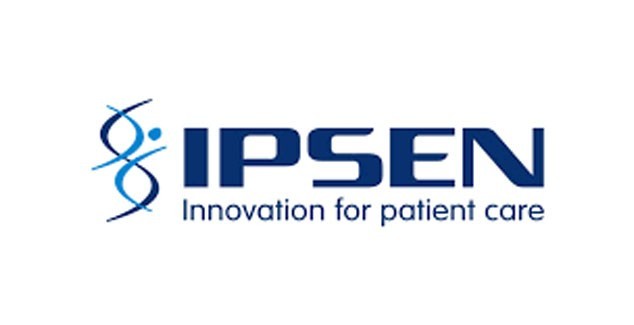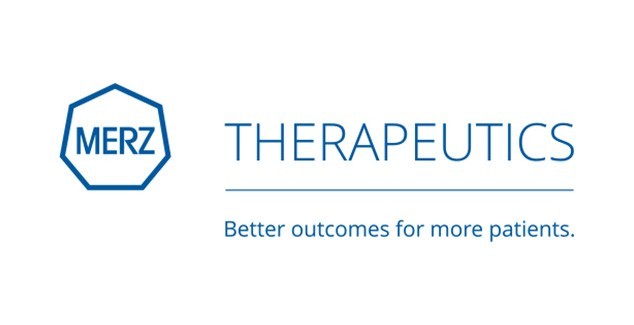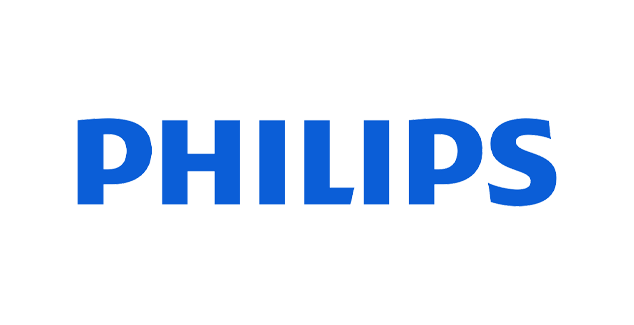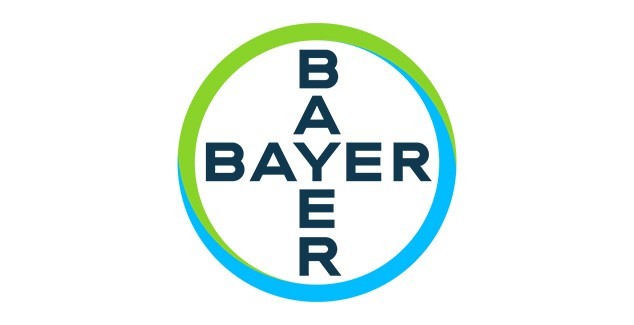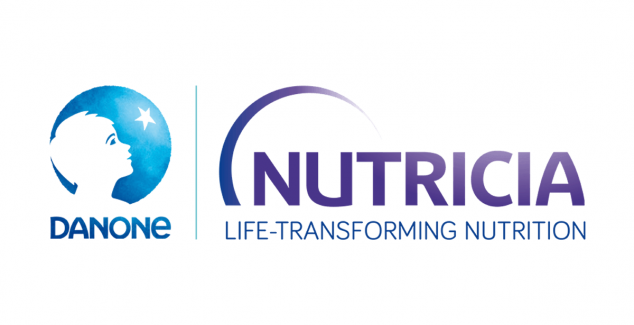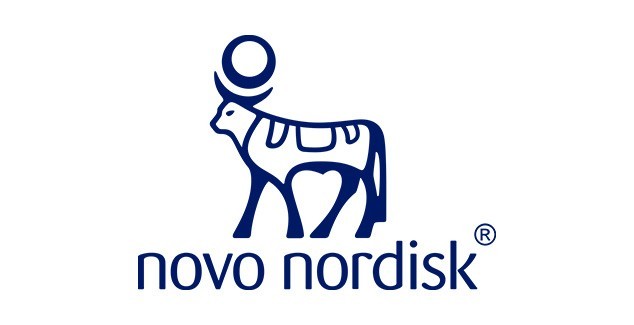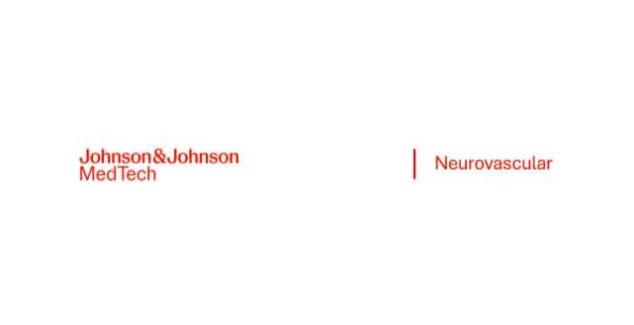Ammar Jumah1
1 Department of Neurology, Henry Ford Hospital, Detroit.
Whilst working and teaching, Dr. Jumah noted that a common frustration of medical students was difficulties with recalling components of complex neurological checklists such as the National Institutes of Health Stroke Scale (NIHSS).1 “Medical students often rotate in many different disciplines and, as such, it can be difficult to recall each item of checklists for each medical condition, particularly in neurology” noted Dr. Jumah “This highlighted to me that it was crucial to implement teaching aides that could support quicker and more effective NIHSS ratings.”
The NIHSS is a highly useful and accurate tool, that allows scoring of stroke severity and associated neurological deficit.1 The NIHSS comprises multiple components assessing consciousness and cognition, eye movements, visual fields, motor and sensory impairments, cerebellar function, inattention, and language.1 It is a key measurement of stroke severity in hospitals and is sometimes even recorded at governmental level to collect national data on strokes.2 With this in mind, it is crucial that training medics can effectively complete and communicate the components of the NIHSS.
To address difficulties with checklist learning, Dr. Jumah has been developing a visual flashcard to aid with each component of the NIHSS. Not only will this flashcard help medical students, it can also be utilised by medical doctors working in the general practice units and emergency departments. “Each component of the NIHSS is represented within the flashcard I have developed” explained Dr. Jumah “The overall goal being to optimise quick, efficient, and clear communication between departments and colleagues of all levels in stroke care, which could hopefully further improve patient care and outcomes.”
“From top to bottom, starting from the left to right; the letter “L” stands for level of consciousness, the letter “O” is split diagonally to remember to ask both questions regarding Age and Month. The letter “C” indicates the level of consciousness following commands and the eyes indicate the smooth pursuit assessment looking for gaze preference.” explained Dr Jumah “The letter “V” indicates visual field tests and the number “7”, for the 7th cranial nerve. Below this is a four-component assessment of upper and lower extremity strength, coordination, sensory function as well as inattention. Finally, both “T” letters stand for tongue reminding the examiner to assess for aphasia as well as dysarthria.”
Although medics may specialise in one discipline, there is often much interdisciplinary overlap, particularly in neurological conditions such as stroke. “When you are looking at a condition such as stroke, many specialists are involved, including: emergency personnel, neuroradiologists, nurses, doctors and neurologists” explained Dr. Jumah “it is important that medics across all disciplines and levels are able to effectively communicate the NIHSS to optimise patient care and I hope that this flashcard will aid in this.”
References
1. Meyer BC, Lyden PD. The modified National Institutes of Health Stroke Scale: its time has come. Int J Stroke. 2009;4(4):267-273. doi:10.1111/j.1747-4949.2009.00294.x
2. Lyden P. Using the National Institutes of Health Stroke Scale: A Cautionary Tale. Stroke. 2017;48(2):513-519. doi:10.1161/STROKEAHA.116.015434

 Member login
Member login
